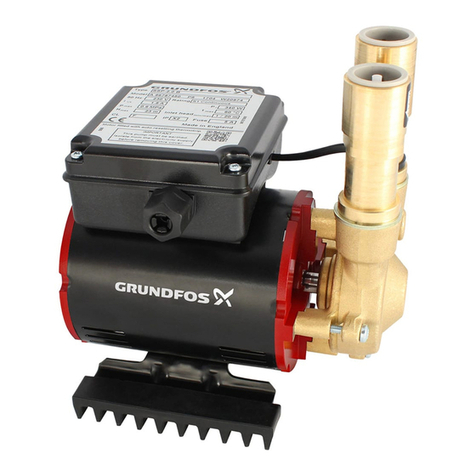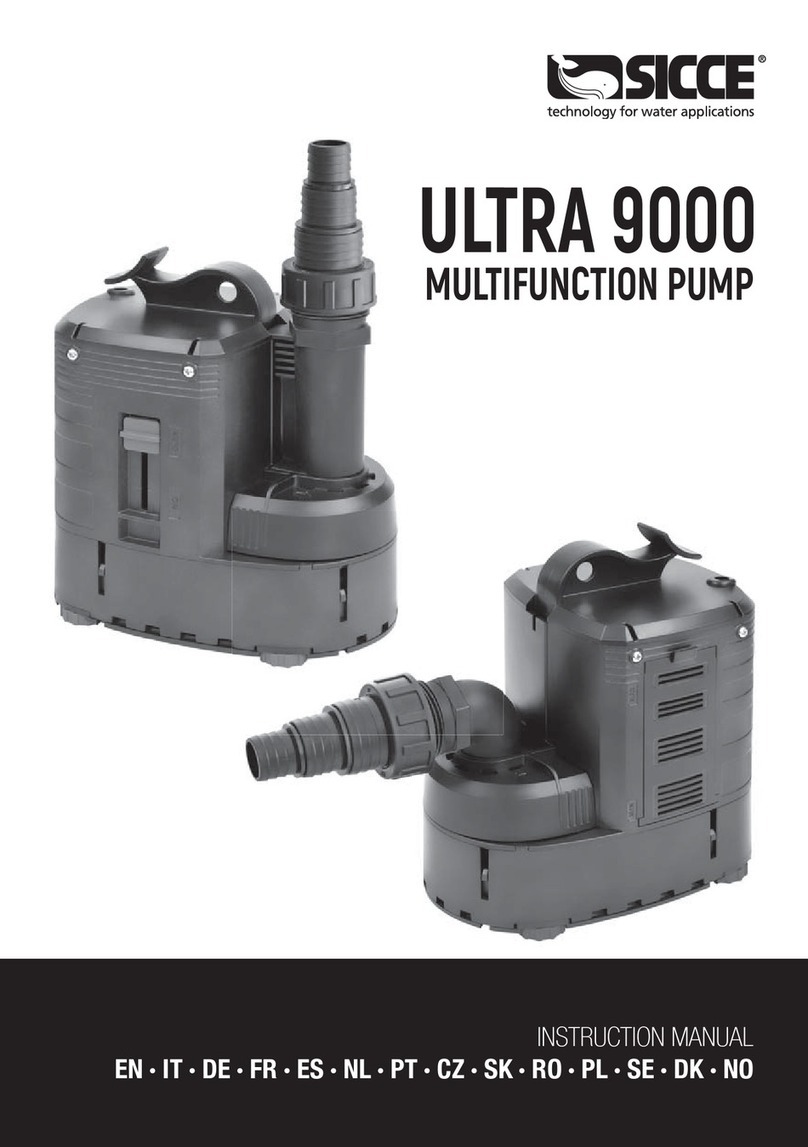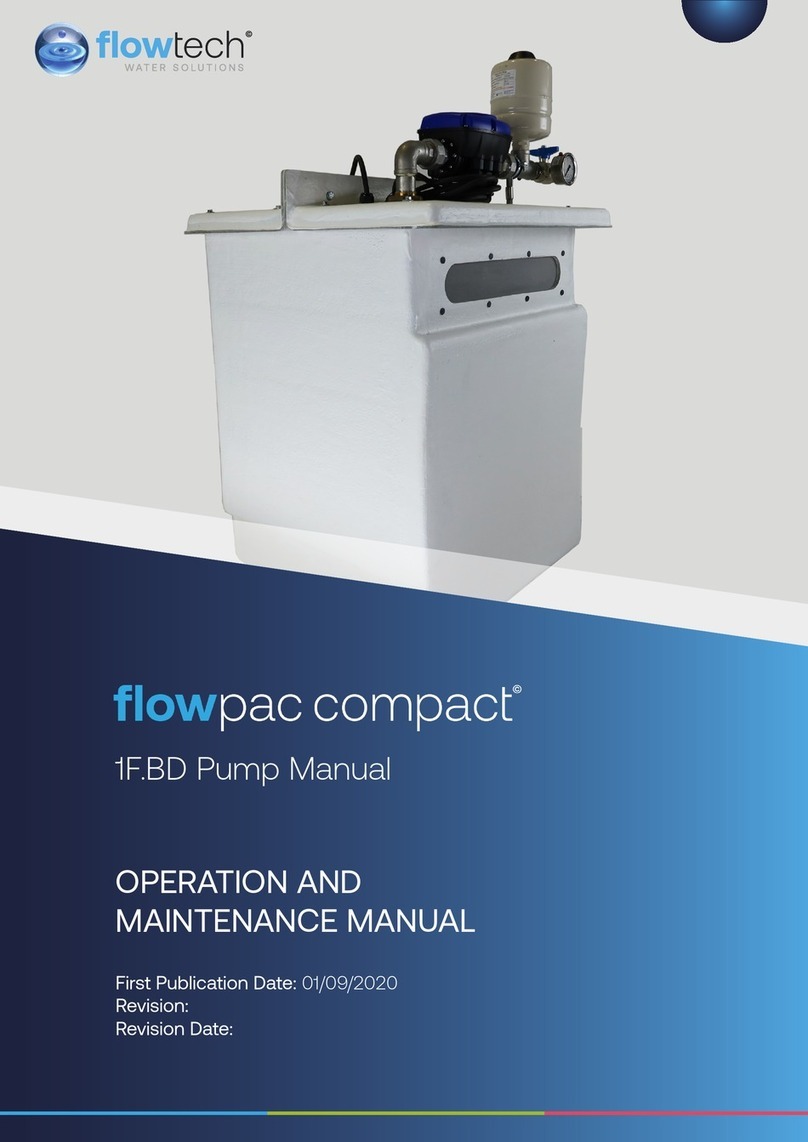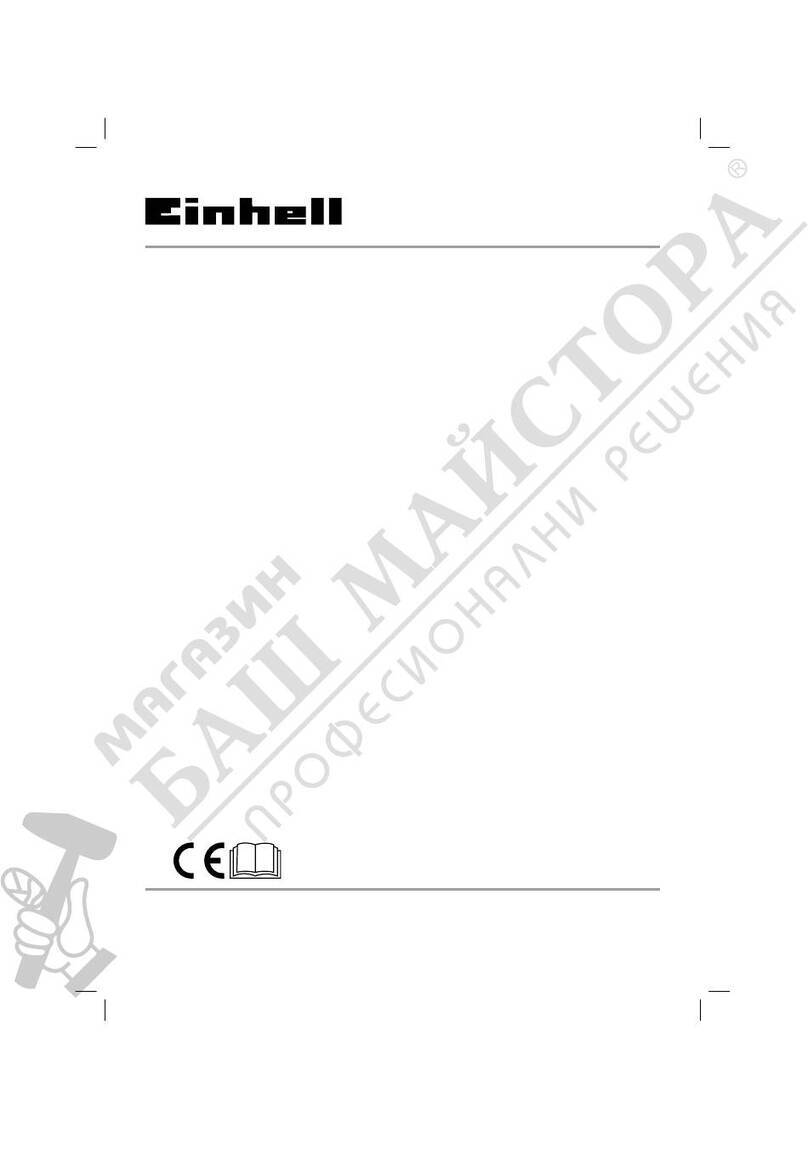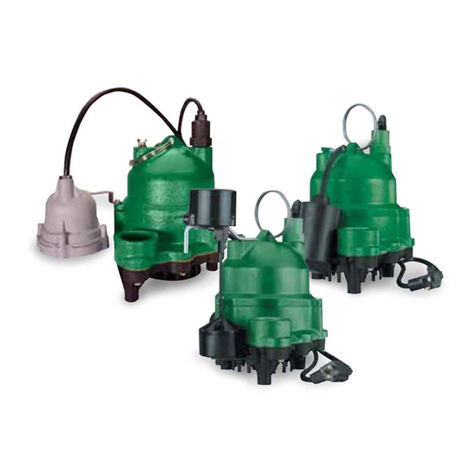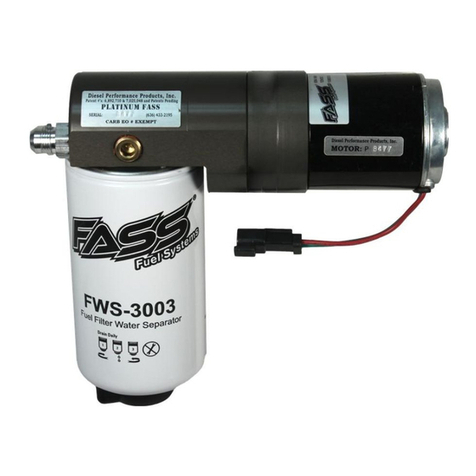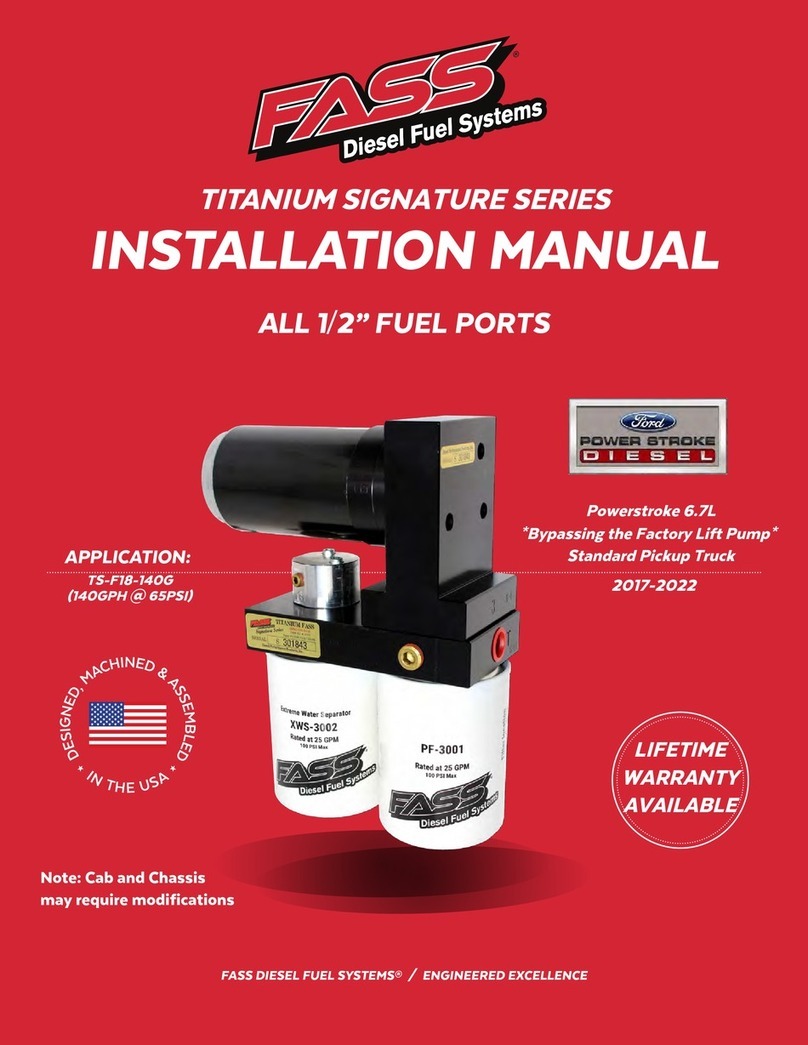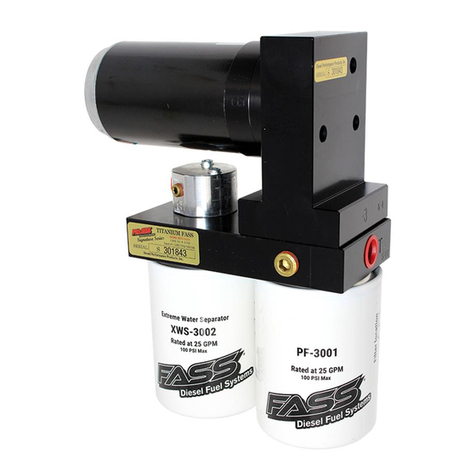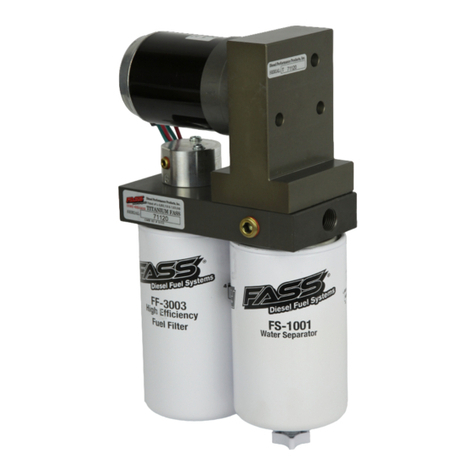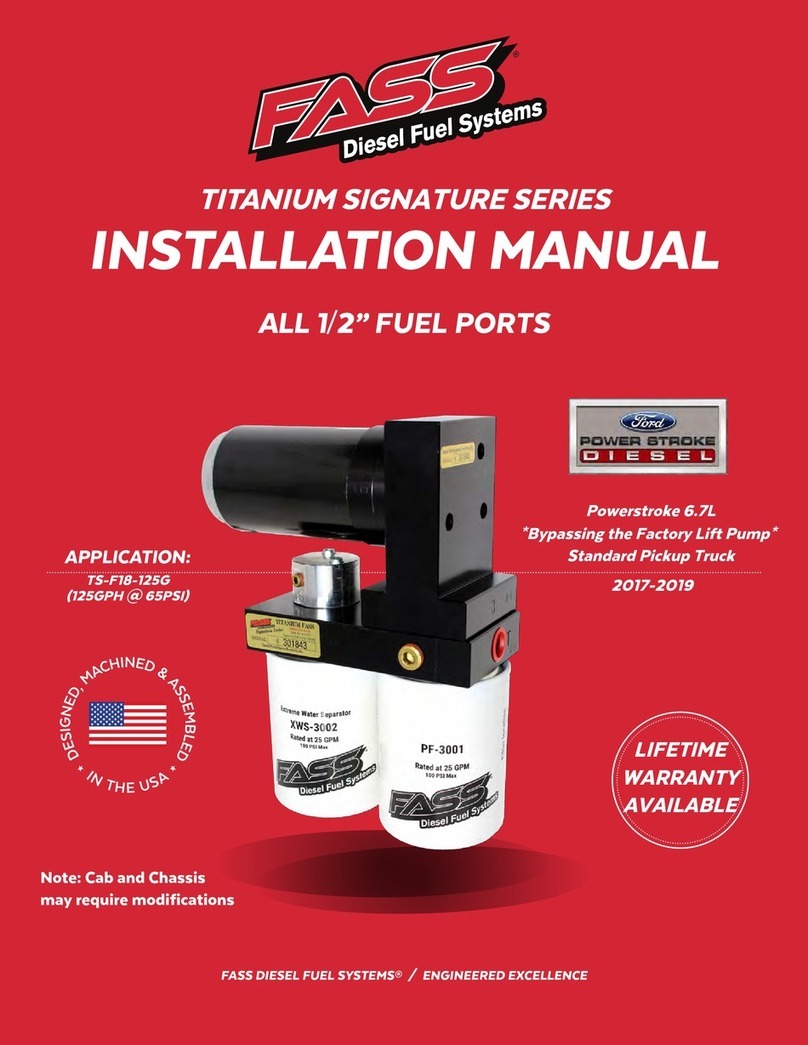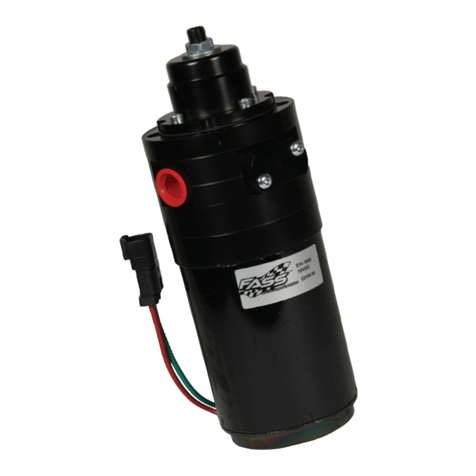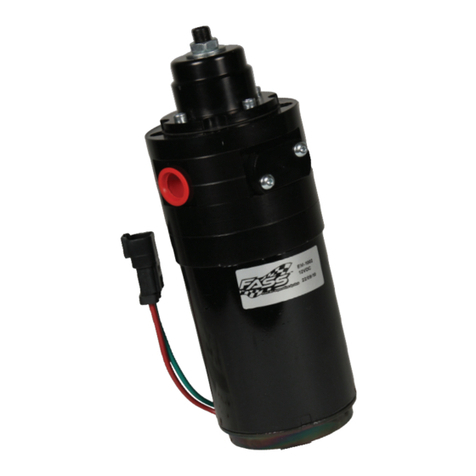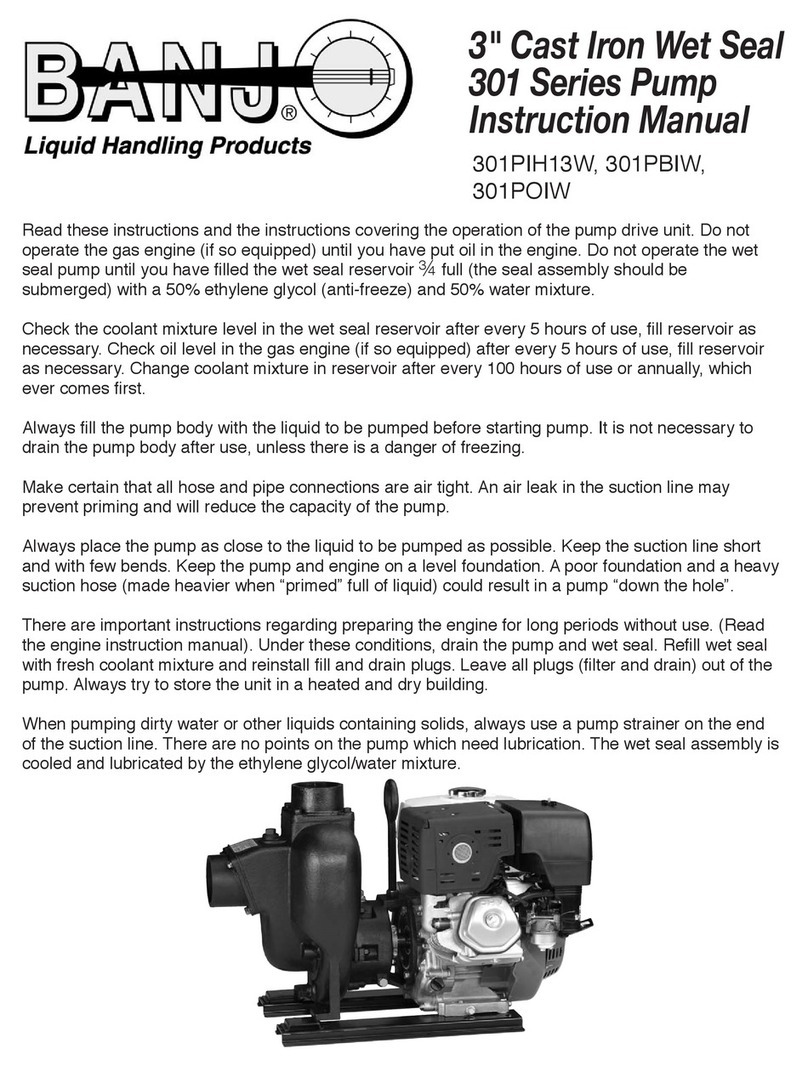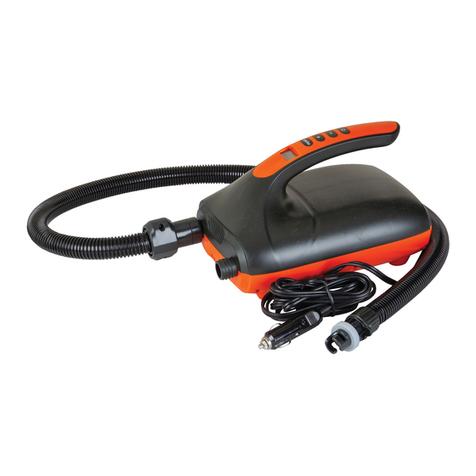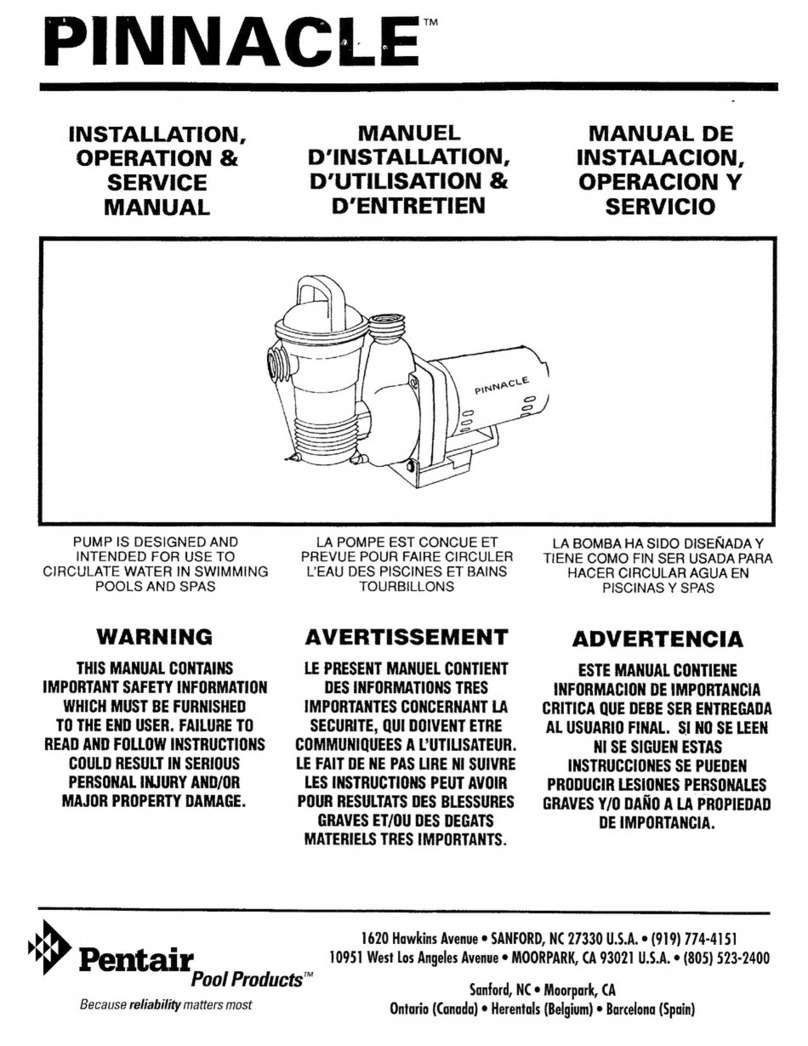
Dear Valued Customer,
“Made in the USA” is not just a slogan at FASS; it’s what we live by! FASS is not only
assembled in the USA but 98%+ of the FASS product is manufactured in the USA, helping to em-
ploy Americans and strengthen America. At FASS, we scrutinize our suppliers and demand the
highest quality American-made components. However, this does come at a price, which is one of
the main reasons FASS products are more expensive than the competition. Remember price does
not dictate quality but quality does dictate price! Here at FASS, we believe it’s worth the commit-
ment and will continue this practice to support America! Our competition is doing exactly the op-
posite by using foreign-made components.
Building extremely “High-Quality” fuel products is our business. We concentrate all of our
efforts in this arena. No one else is as specialized as FASS in what we do! This is one of the ingre-
dients to insure you are running with the “Highest-Quality” fuel system in the world! We have im-
plemented very rigorous testing procedures to provide the “Highest Quality” we have become
known for. Not only is our product superior, but customer satisfaction is #1 at FASS. It is our goal
to provide the best service possible. Our confidence is evident in the products we make as each
product is backed by an industry leading warranty!
Our R & D department, in conjunction with our Dealer Support department, is continually
searching for ways to improve quality, expand our product line, and provide superb support to our
network of dealers so our customers’ needs and expectations will be exceeded.
To help insure you receive the proper system and customer support at the local level, FASS
has a VIP and Authorized Dealer network representing FASS products. This is one reason you
must purchase through a dealer to comply with our warranty policies. If you do not, there is no
warranty! We recommend you go to www.FASSride.com, click “Find A Dealer”, put in their ZIP
code, select the type of dealer, and see if the company you purchased from is listed. If they are not,
put their phone number in the field below the ZIP code field to see if they are listed. Below these
two fields is a list of “Terminated/Unauthorized” dealers. You may want to review this list. If the
company is not listed or is on the “Terminated/Unauthorized” list, we suggest you return the prod-
uct immediately to that dealer and call FASS. We’ll recommend you to the nearest dealer.
VERY IMPORTANT: Make sure to fill out your product registration form and return the
original form to FASS Fuel Systems within 30 days of purchase accompanied with a copy of the
purchase receipt. Complying with these guidelines will qualify you for the Extended Warranty!
See the Owner’s Manual online at www.FASSride.com for full Limitation of Warranty. In
the event that the buyer does not agree with this agreement: the buyer may promptly return this
product, in a new and unused condition, with a dated receipt, to the place of purchase within thirty
(30) days from date of purchase for a full refund less shipping.
The installation of this product indicates that the buyer has read and understands the
Limitation of Warranty agreement and accepts its terms and conditions.























